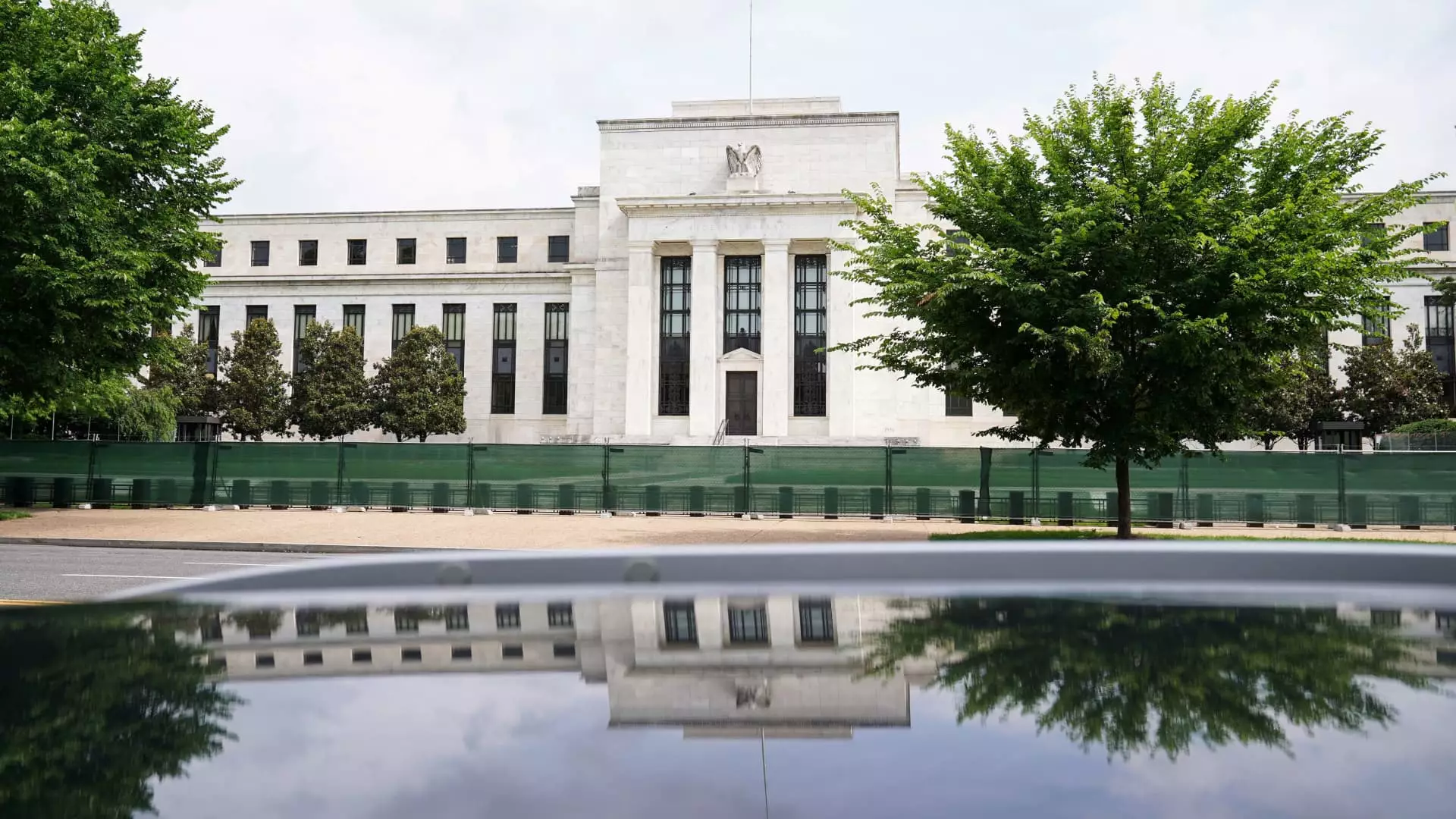On December 18, the Federal Reserve is poised to reduce interest rates by an additional quarter point, marking the third consecutive rate cut. Since September, these adjustments have collectively lowered the federal funds rate by a full percentage point. This cautious maneuvering comes on the heels of aggressive rate hikes initiated to combat a surge in inflation—the highest in four decades. Jacob Channel, a senior economic analyst at LendingTree, underscores the importance of this decision, suggesting that this might be the last reduction for some time as the Fed navigates uncertainties surrounding President-elect Donald Trump’s fiscal policies as he begins his second term.
Currently, the federal funds rate—the rate banks use for overnight borrowing—remains a central concern for both lenders and consumers. While the rate itself isn’t what consumers directly pay, it sets the stage for borrowing costs that affect everything from car loans to mortgage rates. If the Fed cuts rates in December, the new target will be between 4.25% to 4.50%, a modest but significant decrease from 4.50% to 4.75%.
Effects on Consumer Borrowing Costs
The implications of the Fed’s interest rate policy resonate through various sectors of consumer borrowing. Despite lower rates being anticipated, not all credit products will immediately reflect these changes. For instance, credit card interest rates are predominantly variable and align closely with the Fed’s decisions. Following the rate hikes, the average credit card interest has ballooned from 16.34% in March 2022 to an alarming 20.25% today, according to Bankrate, nearing historical highs. Even as the Fed commences rate cuts, the average credit card rate has shown minimal movement.
Greg McBride, Bankrate’s chief financial analyst, asserts that credit card issuers are often slow to adjust their rates in response to decreases made by the Fed. “The impact may be felt with a lag of up to three months,” he explains. For consumers burdened by credit card debt, transferring balances to a 0% introductory offer and actively paying down the principal remains a more effective strategy than waiting for interest rates to drop.
While credit card holders might see some relief from a rate cut, the situation is markedly different for homeowners with fixed-rate mortgages. The rates on 15- and 30-year loans typically correlate more with the broader economy and Treasury yields rather than the Fed’s rate adjustments. As of early December, the average rate for a 30-year fixed mortgage has settled at approximately 6.67%, significantly above the 2024 low of 6.08%.
As Channel points out, predicting where mortgage rates will head is fraught with uncertainty; they’ll likely continue to oscillate weekly based on various economic indicators. Most homeowners will not experience any fluctuations in their mortgage payments unless they choose to refinance or sell their homes.
In the auto lending market, fixed-rate loans are commonplace, yet borrowers are witnessing increasing payment sizes due to rising vehicle prices. The current average rate for a five-year new car loan is around 7.59%. Despite potential benefits from future Fed rate cuts, McBride notes that larger sticker prices and high financing amounts—averaging about $40,000—translate to monthly payments that remain burdensome, no matter how low the interest rates may fall.
Federal student loans, comprising mostly fixed rates, will not experience immediate effects from a Fed rate reduction. However, those with private loans might encounter variable rates linked to Treasury bills that could decrease in sync with Fed movements. According to higher education expert Mark Kantrowitz, borrowers with variable-rate private loans may find opportunities for refinancing into lower fixed rates. Yet, refinancing federal loans to a private option can eliminate essential protections like deferment and income-driven repayment plans, ultimately costing borrowers more in the long run.
One area where the Fed’s actions have a more predictable effect is on savings rates. While the Fed does not regulate deposit rates directly, the yields on savings accounts often rise and fall in correlation with federal funds rate changes. The recent rate hikes led to some of the most lucrative online savings accounts in decades, still offering nearly 5% returns. McBride highlights this as an advantageous scenario for savers, emphasizing that now is a fruitful time for individuals seeking to maximize their savings ahead of potential economic shifts.
As the Fed prepares to navigate the complexities of monetary policy in light of inflation and political uncertainty, consumers must remain vigilant and informed. Understanding how interest rate changes affect various financial products is imperative for making sound economic decisions in this fluctuating environment.

